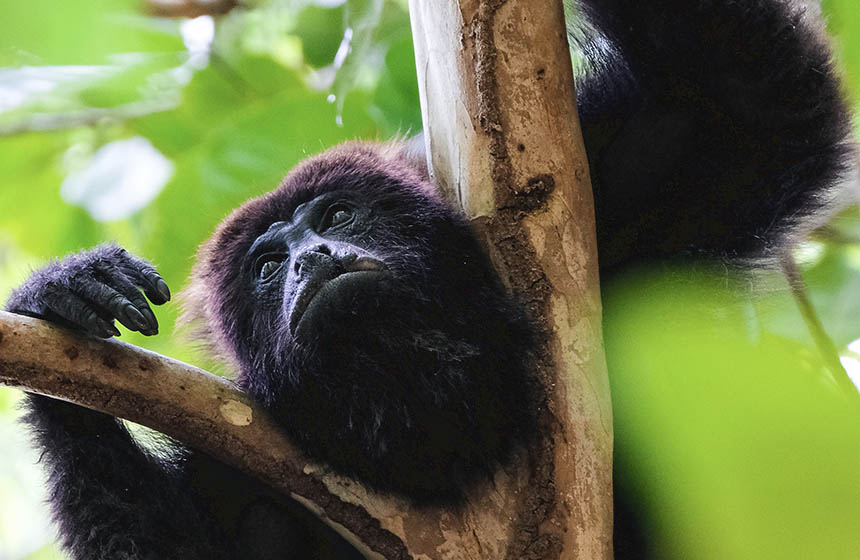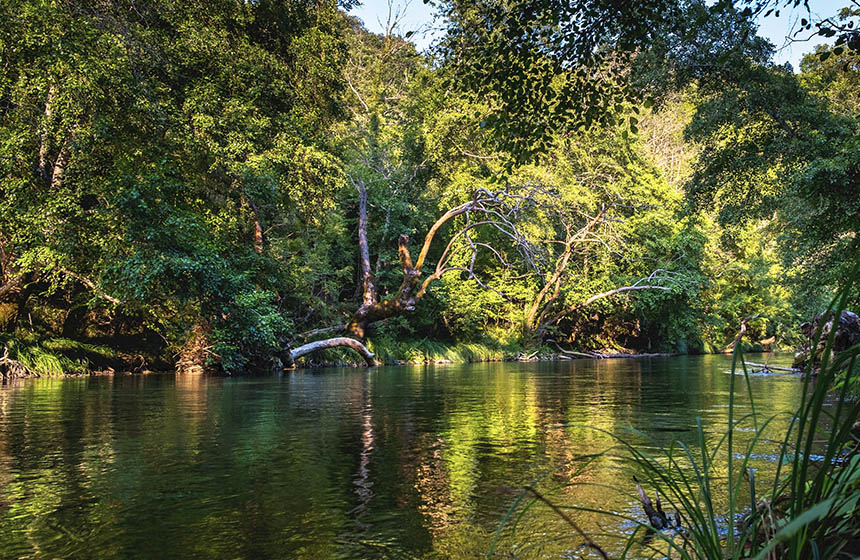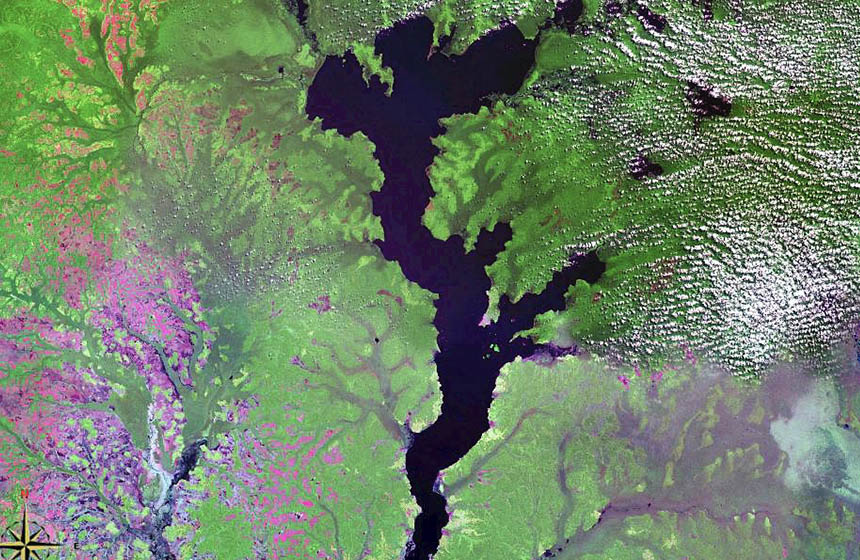Howler monkey community conservation sanctuary led by women’s group
A women-led community conservation group manages a howler monkey sanctuary to promote biodiversity conservation and help improve local livelihoods.
Nature-based Intervention:
First established in 1985 and subsequently taken over by a women-led conservation group in 1998, the Community Baboon Sanctuary Women’s Conservation Group (CBSWCG) supports the conservation of the black howler monkey, locally referred to as baboon, in the Community Baboon Sanctuary (CBS) covering 3,315 hectares of the Belize River Valley. The primary objectives of the group include the protection of howler monkey populations, the maintenance of biological corridor integrity and the sustainable use of wildlife resources in the region. Reduction of deforestation has reportedly resulted in positive climate change mitigation outcomes as well as disaster risk reductions, contributed to the recovery of other wildlife species populations, and provided numerous socioeconomic benefits.
Overview of context and outcomes:
The sanctuary is largely made up of private land and the initiative depends on the participation of landowners making voluntary conservation pledges and following community-designed adaptive management plans.
Case effectiveness on
Climate change
As a result of the initiative, over 3,000 hectares are reportedly under conservation, with landowners making and renewing conservation pledges and sustainable land management plans in partnership with the organization. The increased forest cover and reduction of deforestation has reportedly converted the area from a carbon source to a carbon sink, according to project documents.
While not directly reported, it is probable that the initiative has contributed climate change adaptation and disaster risk reduction through the stabilization of riverbank erosion, the mitigation of high winds during tropical storms, and training of local people in wildfire management, as discussed in the project report.
Ecosystem health
Ecological effect: PositiveThe successful protection of the sanctuary and maintenance of landscape habitat corridor integrity has reportedly led not only to an increase in the baboon population from 800 in 1985 to 3,500 in 2017, but also to the recovery of vulnerable populations of jaguar, ocelot, margay, puma and over 200 species of birds.
Socioeconomic outcomes
The group has distributed micro-grants and supported sustainable development projects for local community members. Moreover, the CBSWCG organizes the biennial Bel-Riv Commerce and Eco-Tourism Expo, offering educational activities for students and economic opportunities for selling local handicrafts, while also offering scholarships, running an education center and hosting an environmental summer camp. The CBSWCG is entirely run by women from seven different communities and offers programs and services for women in these communities, reportedly supporting the goal of gender equality.
Governance
The the Community Baboon Sanctuary Women’s Conservation Group governs the project with the assistance of the Ministries of Fisheries, Forestry, Agriculture. Together they work with local landowners in the governance of critical howler monkey habitat.
Finance
The project has received funding from the UNDP and the Protected Areas Conservation Trust (PACT).
Monitoring and evaluation
Government ministries help the CBSWCG build monitoring capabilities and capacity, with a special interest in monitoring the howler monkey populations.
Trade-offs and limitations
No information yet available on tradeoffs.

Intervention type
- Protection
- Restoration
Conducted at landscape scale
Ecosystem type
- Tropical & subtropical forests
Climate change impacts addressed
- Wind damage
- Wildfire
Instigators
- Local NGO or CBO (eg. indigenous)
- National government/agency
- Research institutions
Societal challenges
- Biodiversity conservation
- Climate change mitigation
- Disaster risk reduction
- Economic and Social development
- Rights/empowerment/equality
Outcomes
- Food security: Not reported
- Water security: Not reported
- Health: Not reported
- Local economics: Positive
- Livelihoods/goods/basic needs: Not reported
- Energy security: Not reported
- Disaster risk reduction: Positive
- Rights/empowerment/equality: Positive
- Conflict and security: Not reported
- No. developmental outcomes reported: 5
Resources
Read resource 1Literature info
- Grey literature



